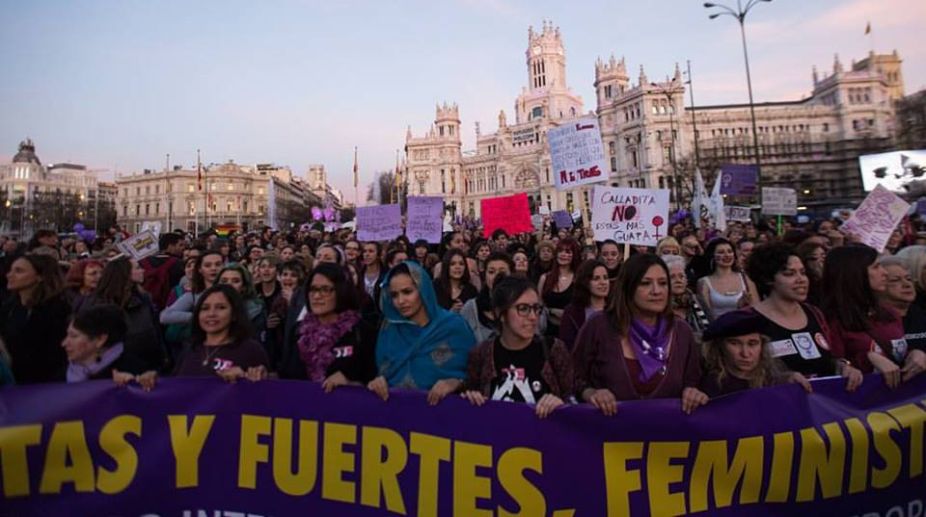Around the world, March 8 is a day when women are recognised for their achievements irrespective of the field they represent, cutting across national, ethnic, linguistic, cultural, economic or political spectra. In the last one year, the world saw an unprecedented global movement for women’s rights, highlighting the fight for equality and justice, with #MeToo and #TimesUp campaigns taking the centre stage. Taking ahead the fight against issues such as sexual harassment, female foeticide, unequal pay, among others, the United Nations Women has kept this year’s International Women’s Day theme as #TimeIsNow: Rural and urban activists transforming women’s lives.
“We know that healthy societies include a wide mix of voices, yet millions of women around the world are being silenced and their potential cramped. The current solidarity movements have to be a tipping point for accountability; an end to impunity and the cyclical poverty of women in both rural and urban areas. Lively political activism from both men and women must target change for those who need it most,” UN Women Executive Director Phumzile Mlambo-Ngcuka said in a statement.
Under this year’s theme “Time is Now…”, events around the world aim to capture the work done by activists.
“Through marches of solidarity, viral social media campaigns, cultural efforts and powerful grassroots organizing, people across the world are galvanizing for a future that is gender equal. While some of these movements have captured the headlines, other efforts persevere far away from the limelight. Rural and urban activists continue to mobilize, disrupt the status quo, and influence a broad range of policy, legislative and social reforms, from founding projects to end violence at the workplace to providing access to services for ethnic, immigrant and minority women, working every day to leave no one behind,” said the UN Women statement.
The History
While the idea of International Women’s Day first emerged from the activities of labour movements early 20th century in North America and across Europe, the Charter of the United Nations, signed in 1945, is said to be the first international agreement to affirm the principle of equality between women and men.
The first National Woman’s Day was observed in the United States on February 28, 1909. The Socialist Party of America designated this day in honour of the 1908 garment workers’ strike in New York, where women protested against working conditions. The next year, a Socialist International meeting in Copenhagen established a Women’s Day to honour the movement for women’s rights across the world. The proposal got an approval from over 100 women from 17 participating countries.
In 1911, subsequent to the initiative, International Women’s Day was marked for the first time on March 19 in a few European countries. Over a million women and men attended rallies, demanding the right to vote and to hold public office, women’s rights to work, to vocational training and to an end to discrimination on the job.
In the subsequent years, the International Women’s Day also became a mechanism for protesting World War I. In 1917, women in Russia chose to protest and strike for “Bread and Peace” on the last Sunday in February. Four days later, the Czar abdicated and the provisional government granted women the right to vote.
During the International Women’s Year (1975), the UN began celebrating International Women’s Day on March 8.












